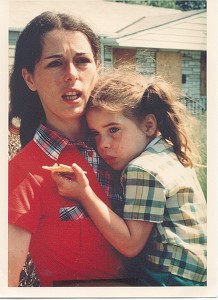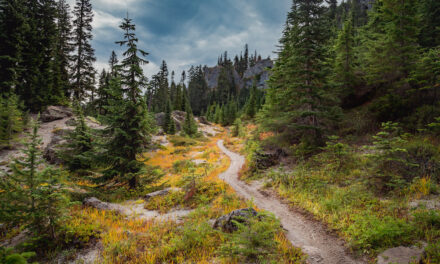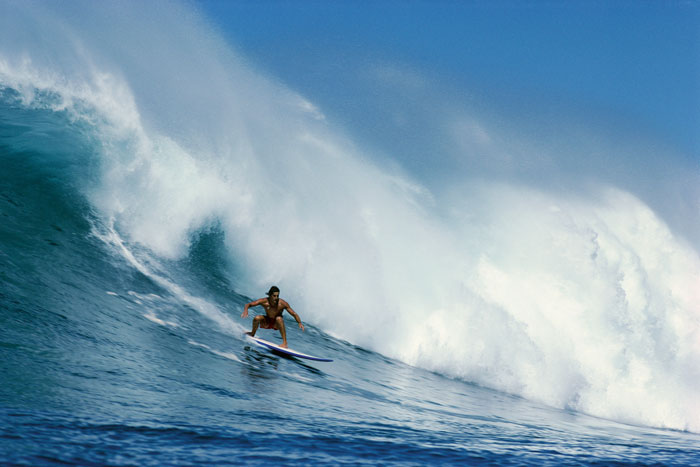- Tahoe’s Nevada Beach Tops the List of Hard-to-Book Campgrounds - 07/17/2024
- Cannabis Watershed Protection Program Cleans Up Illegal Grow Sites - 07/10/2024
- French Fire - 07/05/2024

Big earthquakes throw off vast amounts of energy, but fault lines run deep below the Earth's surface, so tapping into that energy would be a challenge way beyond what humans -- at least at present -- have the technological capability to achieve. Pictured: Port au Prince in the aftermath of the earthquake that rocked Haiti in January 2010. Image credit Marco Dormino/United Nations Development Programme
Can earthquake energy be harnessed for power, particularly in places like Japan? Also, how can Japan, so vulnerable to earthquakes, even have nuclear power?
— Sasha M., Australia
While it is no doubt theoretically possible to generate electricity by harnessing the kinetic energy of shifting tectonic plates below the Earth’s crust, pulling it off from a practical standpoint would be a real logistical challenge—not to mention prohibitively expensive compared to harnessing other forms of energy, renewable or otherwise.
Big earthquakes throw off vast amounts of energy. According to Beth Buczynski of the CrispGreen website, researchers have calculated that the January 2010 magnitude 7.0 earthquake that killed upwards of 220,000 people in Haiti released as much energy as 31 of the atomic bombs the U.S. dropped on Hiroshima in 1945. And the magnitude 9.0 earthquake that struck northeast Japan in March 2011 unleashed the equivalent of more than 15,000 Hiroshima bombs. That’s a lot of energy indeed.
“The total energy from an earthquake includes energy required to create new cracks in rock, energy dissipated as heat through friction, and energy elastically radiated through the earth,” reports the U.S. Geological Survey’s Earthquake Hazards Program. “Of these, the only quantity that can be measured is that which is radiated through the earth.” Likewise, only this radiated energy—which is what shakes buildings and is recorded by seismographs—could be harnessed given the dedication of enough resources and the proper implementation of the right technologies.
Just how to harness tectonic energy is the big question. One way would involve stringing quartz crystals, which can transfer electricity via piezoelectricity, underground along known fault lines. When tectonic plates shift, the crystals could transfer the energy they pick up to a grid-connected storage medium for later use. But this is hardly practical, for one because earthquakes rarely happen in a predictable manner let alone in the exact spots where energy harvesters would have set up their gear. Also, fault lines tend to run deep below the Earth’s surface, so laying down a network of quartz crystals would involve mining out shafts and connecting them underground on a scale way beyond what humans have done to the present.
Regarding why Japan is so reliant on nuclear power despite the tectonic risks is a matter of economics. Lacking the rich oil, coal and other energy reserves of many other nations, Japan relies on nuclear power for some 30 percent of its electricity. Prior to the March 2011 earthquake and tsunami, Japan was gearing up to boost its nuclear power reserves to account for half of its electricity needs by 2030. This increased reliance on nuclear power was set to play a big part in the country’s rollback of greenhouse gas emissions.
Prior to the earthquake and tsunami, the Japan Atomic Energy Agency had modeled a 54 percent reduction in carbon dioxide emissions from 2000 levels by 2050, and a 90 percent reduction by 2100, with nuclear energy accounting for upwards of 60 percent of the country’s total energy mix. Now it looks like the country may scale back its nuclear expansion plans, which in the short term will only increase its reliance on fossil fuels which will in turn drastically limit Japan’s ambitious plans to reduce greenhouse gas emissions. Of course, one would hope that turning away from nuclear expansion would spur the growth of alternatives such as wind power and other forms of renewable energy.
CONTACTS: CrispGreen, www.crispgreen.com; U.S. Geological Survey’s Earthquake Hazards Program, www.earthquake.usgs.gov.
EarthTalk® is written and edited by Roddy Scheer and Doug Moss and is a registered trademark of E – The Environmental Magazine (www.emagazine.com). Send questions to: earthtalk@emagazine.com. Subscribe: www.emagazine.com/subscribe. Free Trial Issue: www.emagazine.com/trial.













